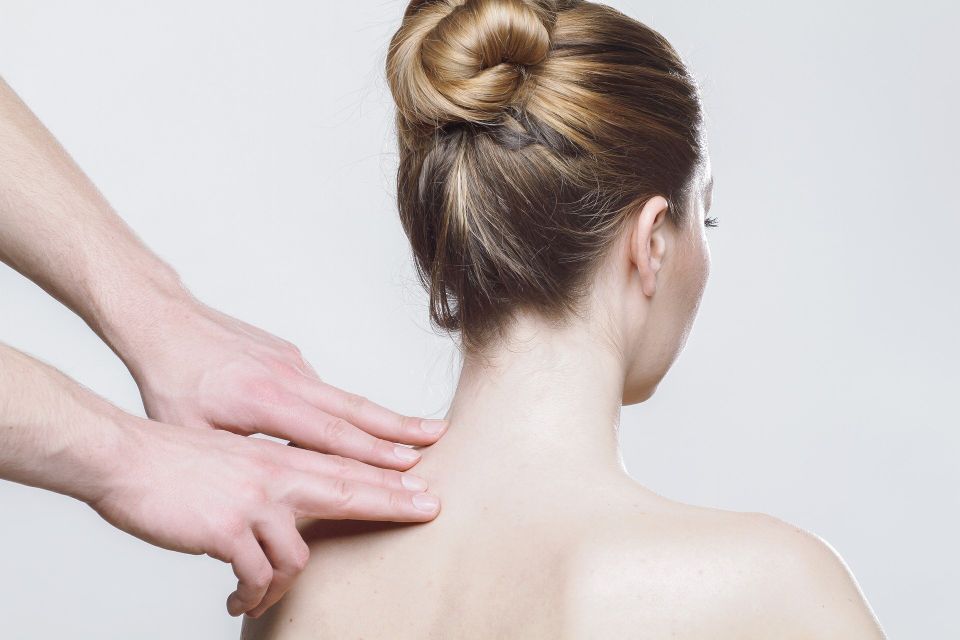
SWEDISH MASSAGE
Generally regarded as the most common form of massage, Swedish massage involves a combination of five basic long and flowing strokes and concentrates on the muscles and connective tissues of the body for improved circulation, relaxation, pain relief, and overall health maintenance and well-being. Swedish massage is also one of the less demanding techniques for massage therapists to practice as it usually does not involve deep-tissue work.
The 5 basic strokes
Effleurage is the most superficial stroke in Swedish massage. It is a long gliding stroke and is most commonly used as the opening stroke in massage to apply the lubricant and assess the body's tissue while warming the muscles and skin.
Petrissage is distinguished by kneading, squeezing, lifting, rolling and compression of the skin and musculature. The actions of this stroke release muscle tension and stretch the tendons providing major relief from pain and stress.
Friction is typically used in deep tissue work and consists of small, deep back-and-forth movements over a local area of muscle applied by the therapist's fingers, thumbs or elbows with little to no lubricant.
Tapotement is characterized by fast tapping, drumming, patting or hacking of the clients body with the therapist's hands, soft fists or finger tips. Commonly used in sports and medical massage, its stimulating effects influences the nervous system and circulatory system.
Vibration or shaking tends to imitate the pulsing sensations produced by electric or battery-operated massage devices.
Call (513) 324-3211
The 5 basic strokes
Effleurage is the most superficial stroke in Swedish massage. It is a long gliding stroke and is most commonly used as the opening stroke in massage to apply the lubricant and assess the body's tissue while warming the muscles and skin.
Petrissage is distinguished by kneading, squeezing, lifting, rolling and compression of the skin and musculature. The actions of this stroke release muscle tension and stretch the tendons providing major relief from pain and stress.
Friction is typically used in deep tissue work and consists of small, deep back-and-forth movements over a local area of muscle applied by the therapist's fingers, thumbs or elbows with little to no lubricant.
Tapotement is characterized by fast tapping, drumming, patting or hacking of the clients body with the therapist's hands, soft fists or finger tips. Commonly used in sports and medical massage, its stimulating effects influences the nervous system and circulatory system.
Vibration or shaking tends to imitate the pulsing sensations produced by electric or battery-operated massage devices.
Call (513) 324-3211